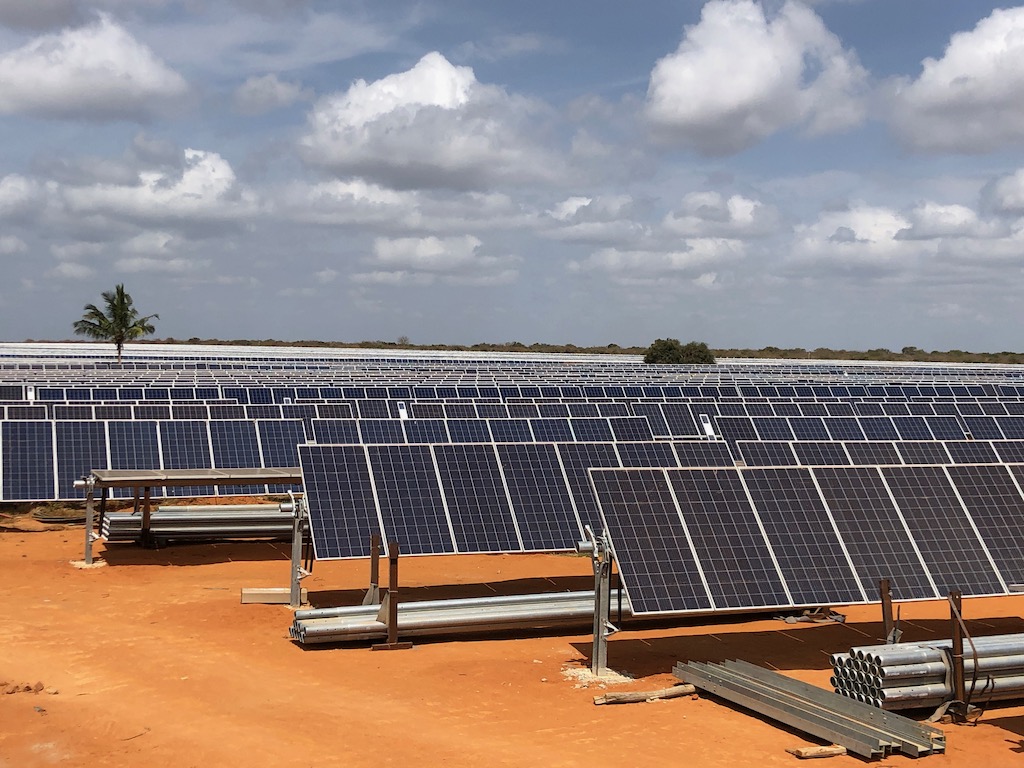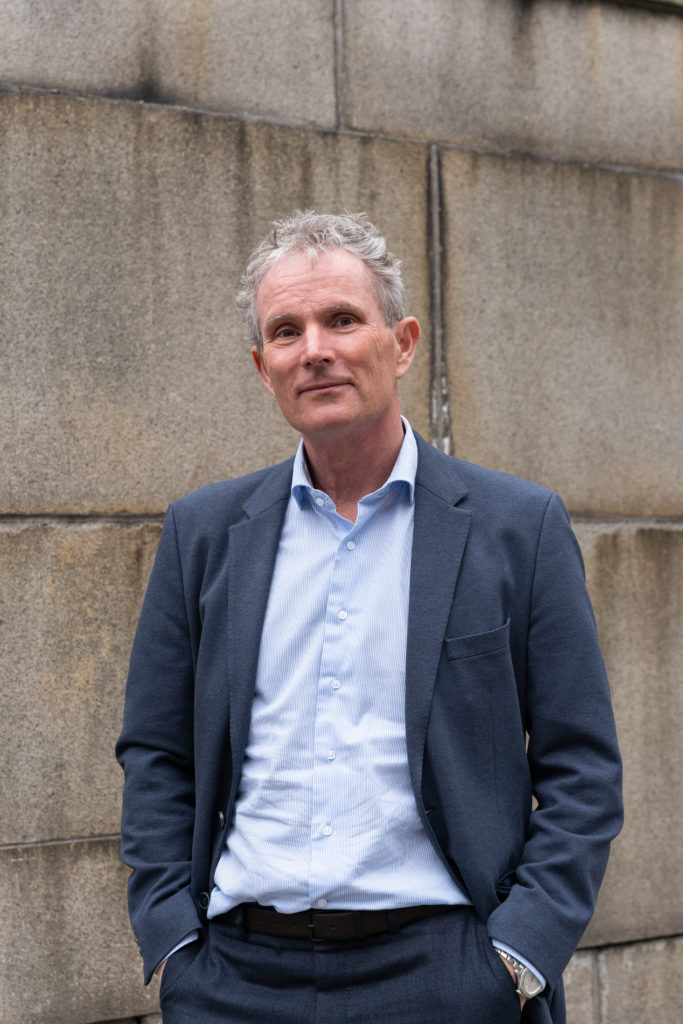May 23, 2022

Norway’s new climate investment fund is now operational, following the adoption of new instructions as well as the revision of the Norfund Act and Norfund’s articles of association. The fund will be Norway’s most important tool in accelerating the global energy transition by investing in renewable energy in developing countries with large emissions from coal and other fossil power production.
The recommendation from the Foreign Affairs and Defense Committee, which was published Thursday 19th May, was unanimous on the amendments to the Norfund Act that make it possible for Norfund to manage the new fund.
– We have no time to lose in the fight against climate change. Having operationalized the new climate investment fund in record time, the money can now be put towards crucial investments in renewable energy in developing countries, says Minister of Development Anne Beathe Tvinnereim.

Simbah Mutasa, Regional Director Norfund Southern Africa
The fund will be capitalized with NOK 2 billion each year for the next five years and will be managed by Norfund. Norfund’s experience and network in the relevant countries has made it possible to quickly get started with the fund, following the Government’s decision to establish it in December last year.
– The Climate Investment Fund will play a central role in fulfilling the Government’s ambition to double our annual global climate financing. I am confident that Norfund will manage the fund in such a way that we get the maximum climate effect out of every NOK we allocate, says Tvinnereim.
New instructions ready
The new instructions state that “The purpose of the Climate Investment Fund is to contribute to reducing or avoiding greenhouse gas emissions by investing in renewable energy in developing countries with large emissions from coal and other fossil fuel production”. As with Norfund’s usual operations, the goal is to help activate investments “that would otherwise not be made”.
– We are pleased to get started quickly on covering more of the vast need we see for investments in renewable energy in developing countries and pursue some of the great opportunities we see in countries where we already work, says Tellef Thorleifsson, CEO of Norfund.
According to the IEA, annual investments in renewable energy in developing countries must expand by more than seven times, from the current level of 150 billion dollars to over 1000 billion from 2026 to 2030, if we are to reach the 1.5-degree target.
“A sharp upscaling of investments in renewable energy is needed to prevent climate change from making it impossible to fight poverty and making our planet uninhabitable,” says Tvinnereim.
New strategy with clear ambitions
The board of Norfund has now adopted a strategy for the fund, with clear ambitions. Thorleifsson says that the climate investment fund will contribute to:
- Financing 9 GW of new renewable energy
- Avoiding more than 14 million tonnes of annual CO2 emissions – equivalent to 30% of Norway’s annual emissions
- Contributing to total financing of NOK 10 for every NOK invested by the fund.
Norfund has already announced what will be the first investment under the climate investment fund. The investment in the company H1 will finance large-scale wind and solar development in South Africa.
Prioritizes South Africa and seven countries in Asia
According to the instructions, the Climate Investment Fund’s funds can be used “in all ODA-approved countries”, i.e., countries that are approved recipients of assistance in accordance with OECD / DAC guidelines. However, the fund will primarily “seek investments in countries where greenhouse gas emissions are or are expected to be large, and where climate investments can contribute to moving away from coal power and other fossil energy production.”
– In the strategy adopted by the board, we have chosen to prioritize eight of our existing strategy countries, in order to benefit from Norfund’s existing expertise and networks, says Thorleifsson.
Based on an assessment of climate impact, additionality and feasibility, Norfund has chosen to prioritize South Africa, India, Vietnam, the Philippines, Cambodia, Indonesia, Sri Lanka and Bangladesh.
– In these countries, we have already identified investment opportunities of more than NOK 8 billion. We also remain open to future investments in other countries where we can have a high climate effect and work with strong partners, says Thorleifsson.
Rapid recycling of equity to maximize impact
Norfund will prioritize investments in the production and development of renewable energy, as well as areas closely tied to this, such as battery storage.
– In the pipeline we have at the moment there are several large projects in solar and wind, but also hydropower, and we are already looking at opportunities in offshore wind, says Thorleifsson.
Norfund will primarily invest in equity, with a 20-35% ownership interest, and the individual investments will be around 50-150 million dollars. The choice of investments will be governed by where Norfund has competence and can make the largest possible difference.

– We have a clear goal of being able to recycle capital quickly, in order to maximize the climate impact. We will thus invest with the goal of exit, and actively seek to sell ourselves out of mature investments, in order to be able to use the capital for new investments, says Thorleifsson.
The management of the fund
Norfund will manage the Climate Investment Fund on behalf of the Ministry of Foreign Affairs. The investments under the Climate Investment Fund will be made under Norfund’s own name, but the fund’s investments and portfolio will be managed separately from Norfund’s other activities.
The board of Norfund is responsible for ensuring that the management is handled in line with the adopted framework for the fund. Norfund will prepare separate reporting and accounts for the fund, including contributions to expected and actual avoided greenhouse gas emissions.